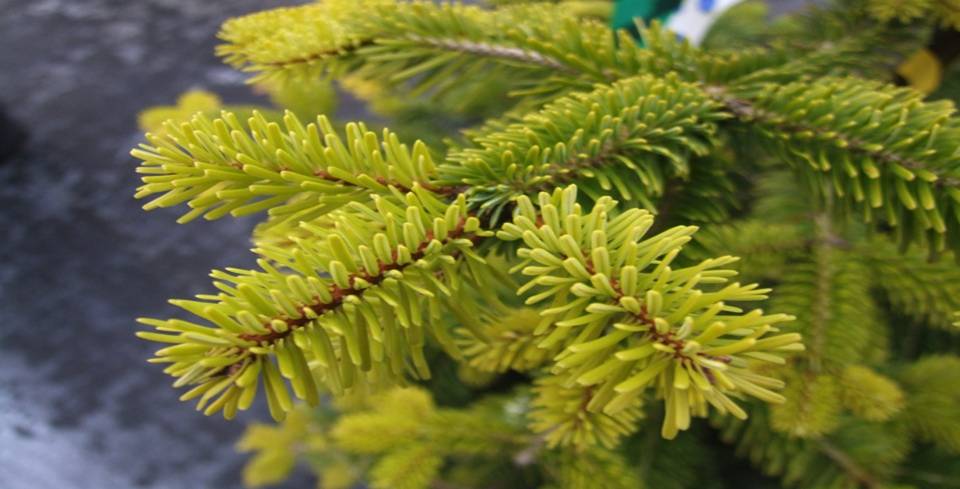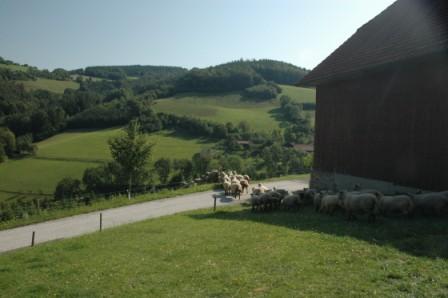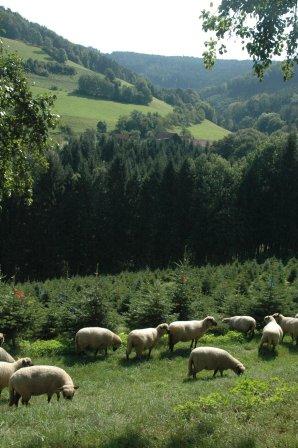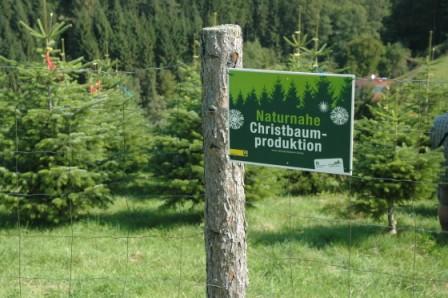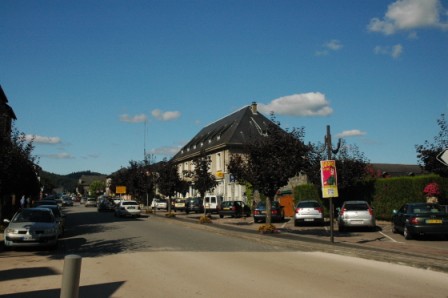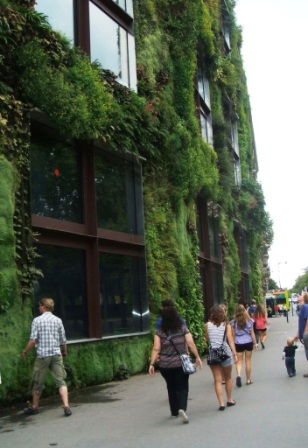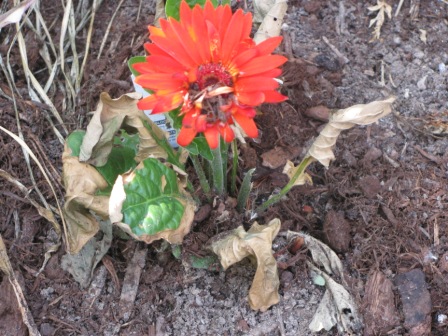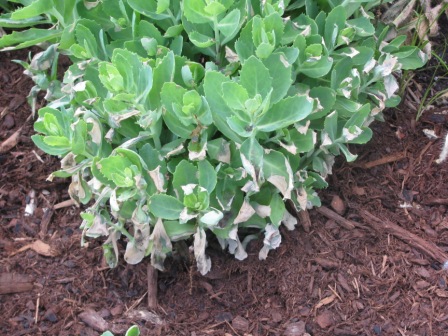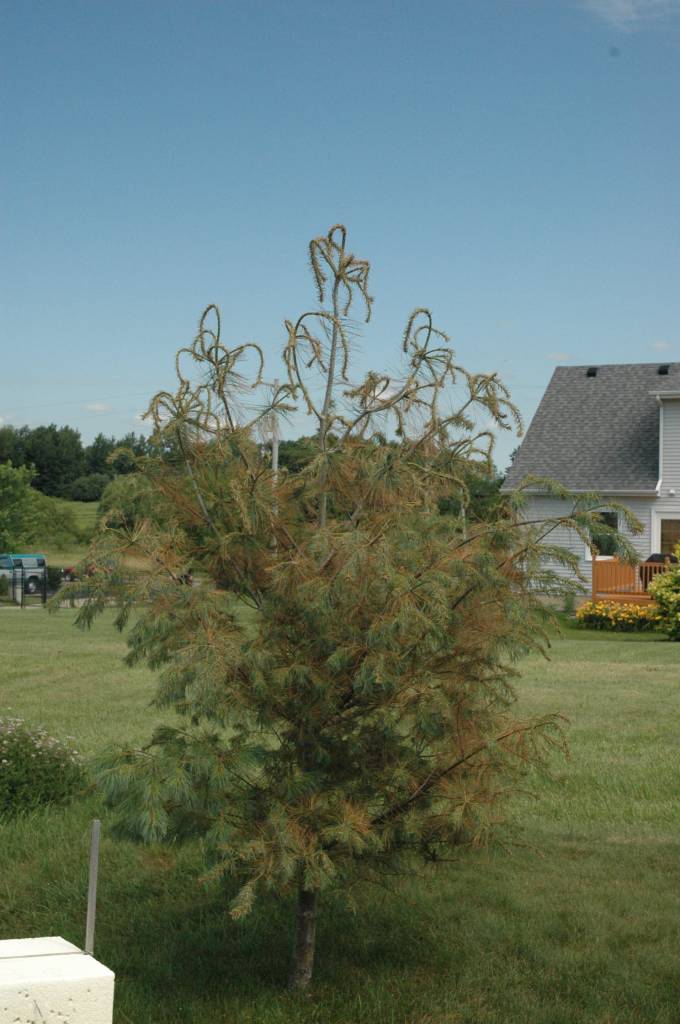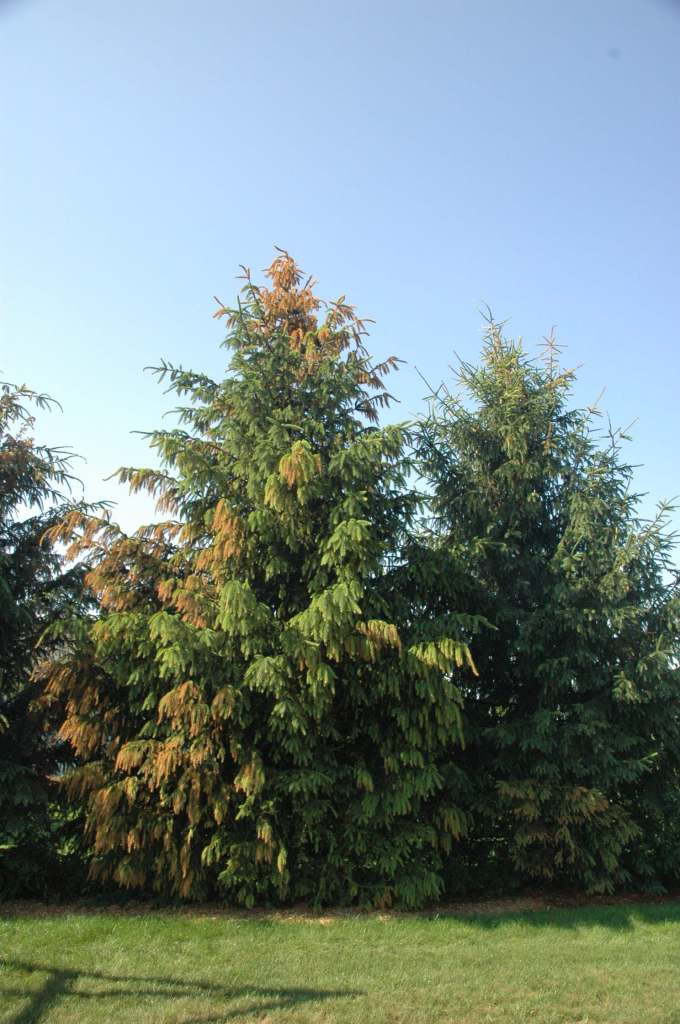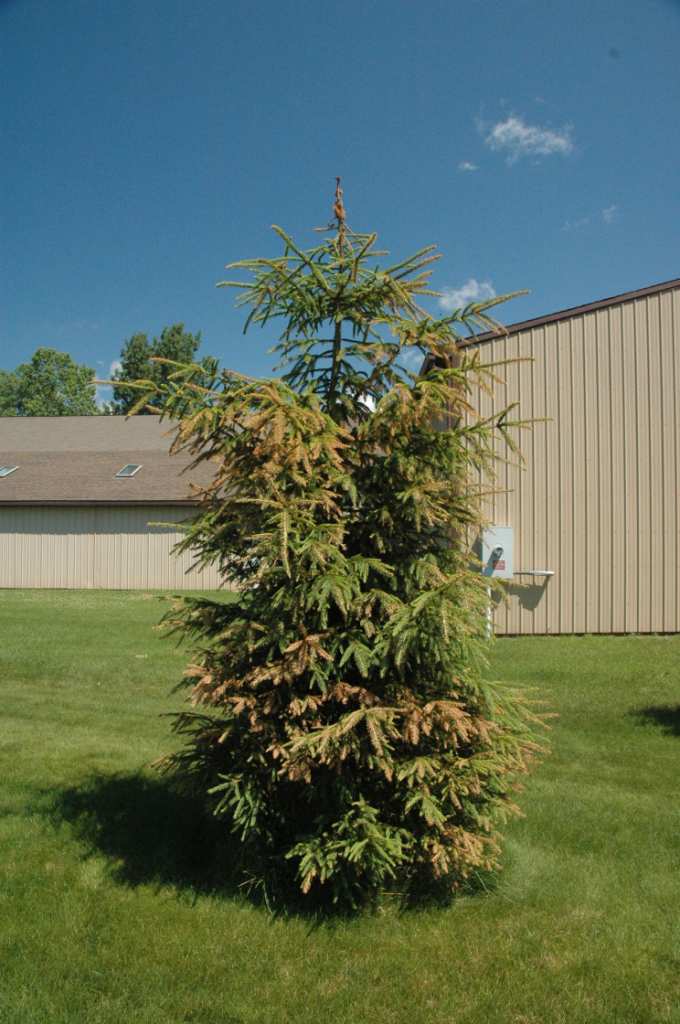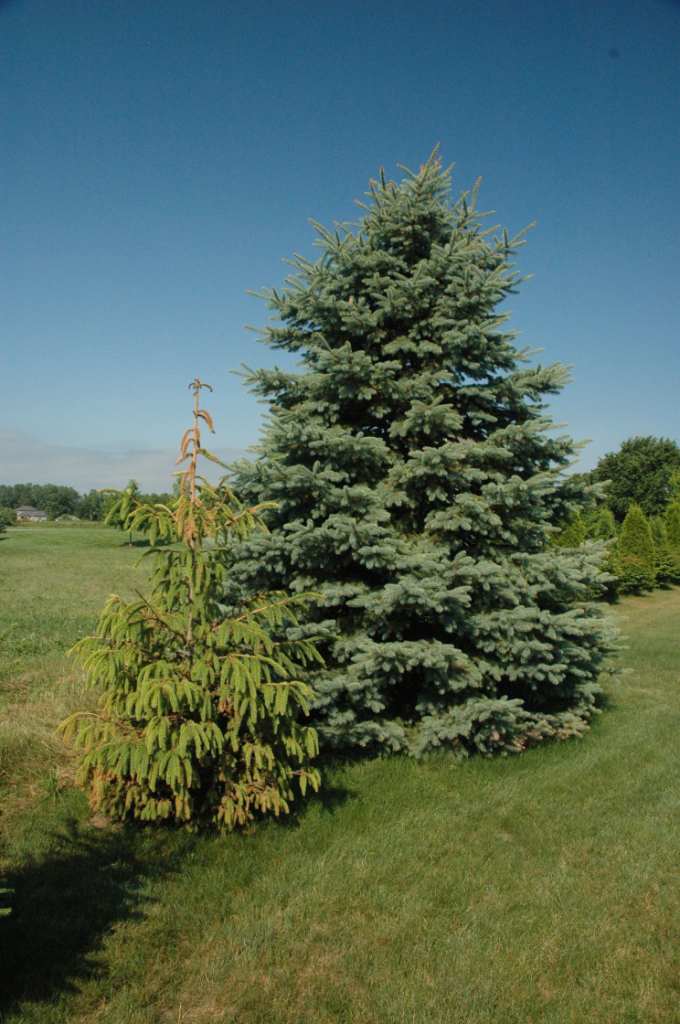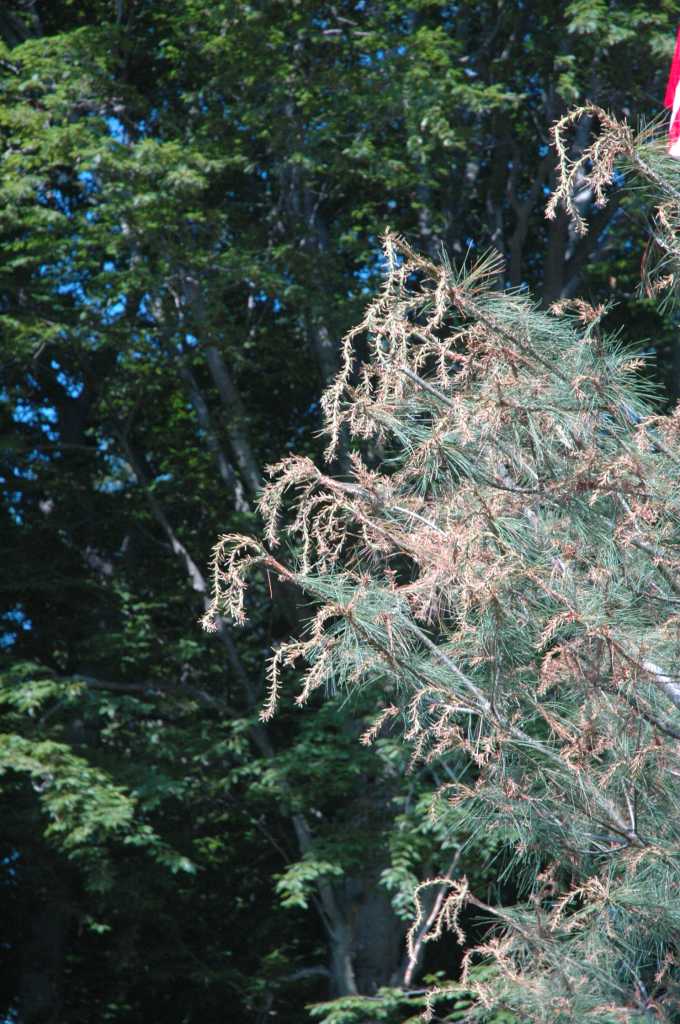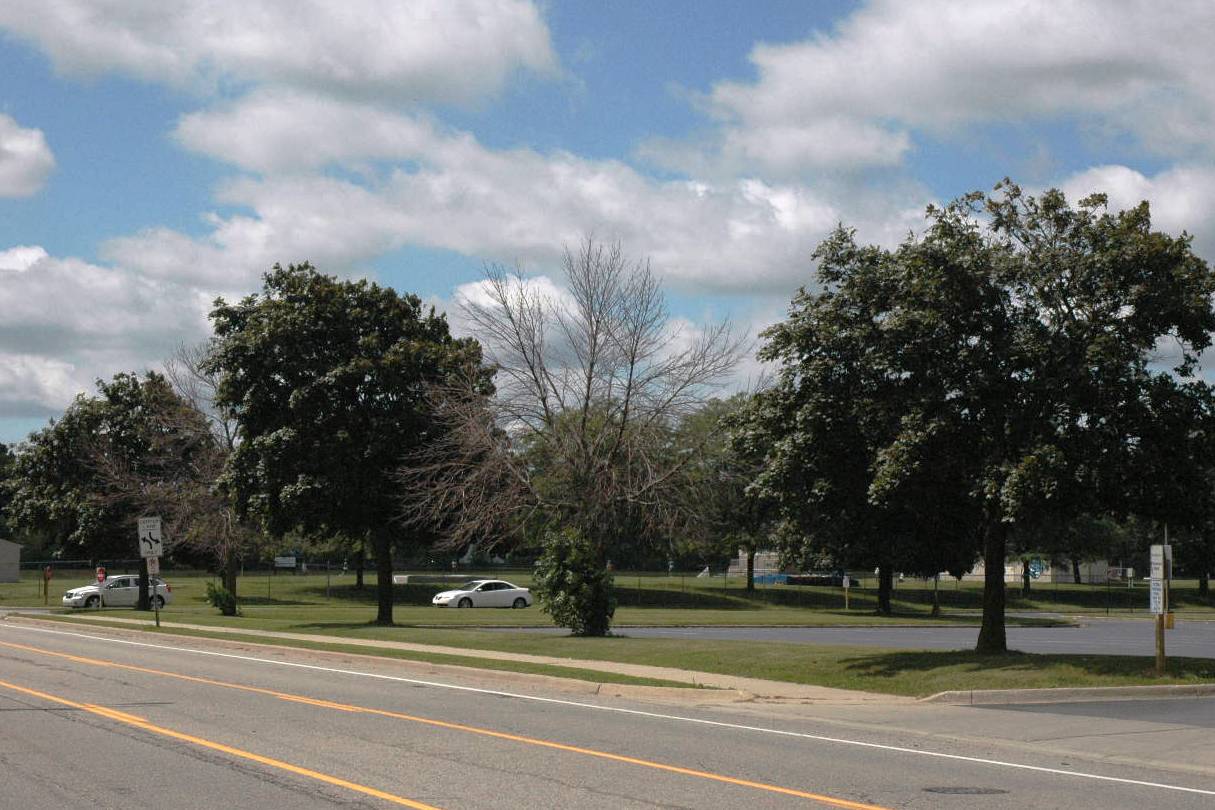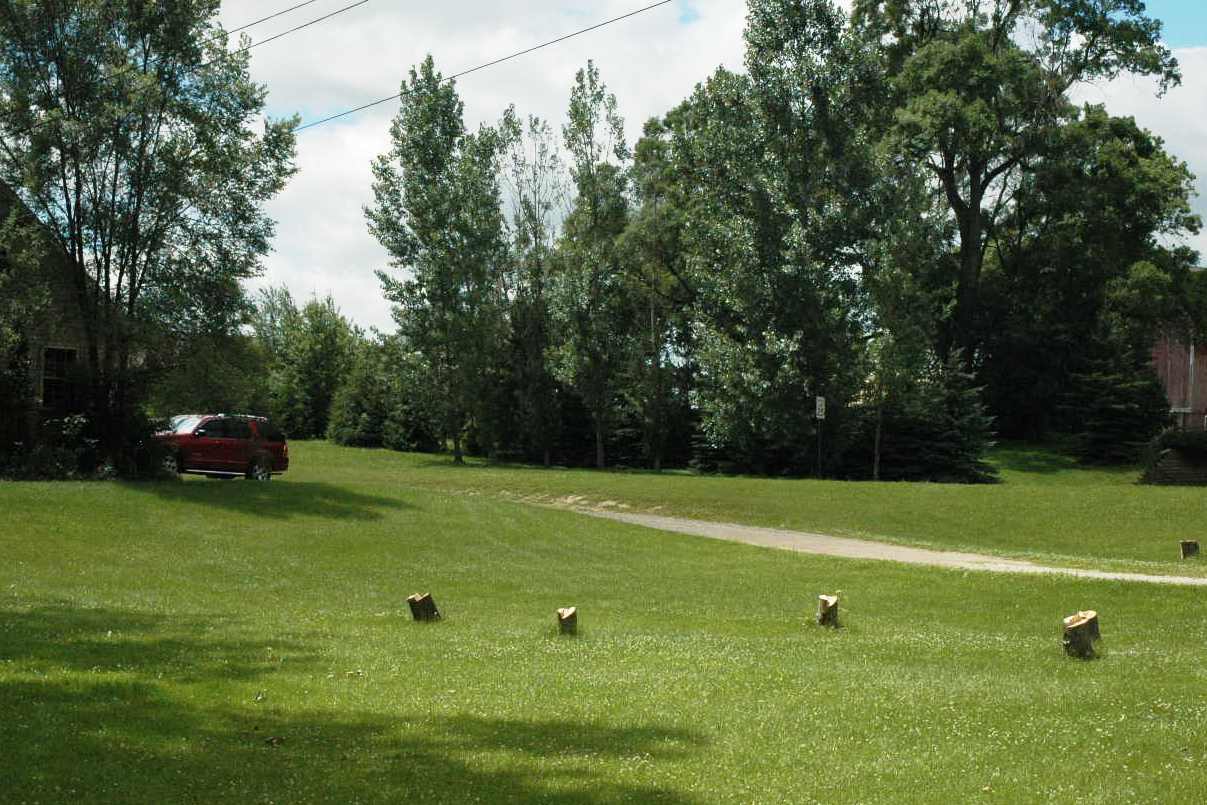Did you ever know one of those annoying people who always talks about how great everything is back wherever they were from; the kind of folks that make you want to say, “If things were so much better there, why are you here?” I have to confess I’m one of those people. No one’s ever actually given me the “If things were so much better there” line, but I’m sure my Michigan friends have been tempted. I’m warming to things Michigan but I suspect in my heart of hearts I’ll always consider myself a Washingtonian.
That said, there are some ways that Michigan has Washington beat. We have long, lovely sandy beaches where the water gets warm enough to swim in; which for me means at least 75 deg. F. Washington has great beaches, of course, but you’ll never see anyone over the age of 12 in the water without a wetsuit – even in August. We have real thunderstorms spring, summer, fall and occasionally even thundersnow in the winter! Western Washington is lucky to have two or three bouts of muffled thunder each year. And we have real fall color thanks to red maples, sugar maples, oaks, sassafras, tulip poplars and others. Conifers dominate the Northwest and what few large hardwoods there are (big leaf maple, red alder, black cottonwood) drop their leaves inconspicuously without much fanfare. Vine maples try to make up the difference but usually just add a splash of color here and there.
As with many states with rich fall color, “leaf peeping” or “leaf looking” is a popular fall pastime and many people plan fall getaways to northern Michigan to enjoy the color show. For someone in a position like mine, that means calls from media, AAA, and others asking for predictions on whether we’ll have good fall color. Of course it’s difficult to predict since conditions during fall itself (i.e., sunny days and cool nights) are among the biggest determinants. We do know that drought conditions late in the summer can result in early leaf drop or limit production of some secondary pigments, resulting in a shorter and more muted display. For us in Michigan that suggests a below average fall color show up North since many counties have received 50% or less of their normal rainfall since July.
For those interested in learning more about fall color, I high recommend ‘The Fall Color Guy’ website http://biology.appstate.edu/fall-colors The site is maintained by Dr. Howie Neufeld, Professor of Plant Physiology at Appalachian State University. Howie and I crossed paths at the University of Georgia when he was a visiting scientist and I was a Ph.D. student. He provides some of the best information I’ve seen on the science of leaf color and his essays on the website are good reads.
